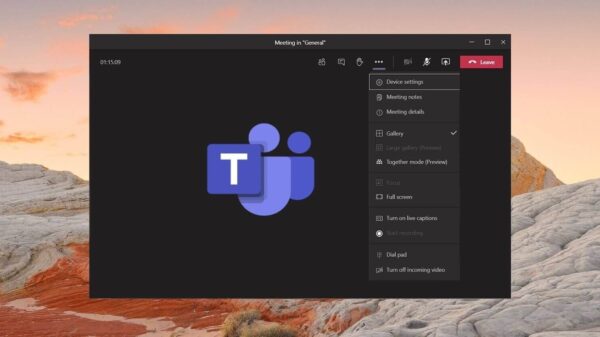Cloud computing is a storage system that allows companies to save their data on external servers and access it from anywhere through a device with an Internet connection. Currently we talk about cloud storage as a novelty, and the truth is that the origin of this technology takes place several decades ago.
Although few know, the first advances in cloud computing were made since the 50s, when it became necessary to use computers to store information. Since then, a series of technological advances have led us to currently use the cloud as a storage method. Who do you think was the first company to migrate to the cloud? Find out in this Einatec article where we tell you the history of cloud computing and who made it possible.
Origin of cloud computing
The history of cloud computing begins in the 50s, when large companies are in need of having different information available from several access points. However, given the large size of the infrastructure at that time, it was unthinkable to have a computer in each office, not only for a cost issue, but also for a space issue.
It was in 1961 when John McCarthy, creator of language that was used to develop artificial intelligence, devised collective computing. McCarthy suggested betting on shared system computing, thinking of selling the use of the computer, space and memory as if it were another public service. And it was that at that time the dimensions of the equipment were so large that it seemed impossible to think that years later we could carry a computer inside the bag.
After this idea of shared computing, in 1969 JCR Licklider raised the need for intergalactic computer networks, a system that allowed several users to share information. However, both projects are paused and with the passage of time comes one of the best inventions in the world: Internet.
Welcome to cloud storage!
In the 1990s, the Internet had enough bandwidth to support cloud computing, and that was when the first attempts to design this technology began. It was in 1996 when George Favaloro and Sean O’Sullivan, executives of Compaq Computer, first used the term “Cloud Computing.”
In 2002, Amazon realizes that it only uses 15% of its entire computing structure and launches Amazon Web Services, a new cloud storage system that allows the user to run all kinds of applications and manage information within the cloud.
Four years later, the same telecommunications company devised the term Elastic Compute Cloud, a service that offers small and medium businesses the rental of servers to store their data. From that moment on, many organizations were interested in investigating a little more about digital storage, processing capacity was improved and more than ever invested in technological advances.
Today we can say that cloud computing exists thanks to the visionary attitude, effort and investment made by the world’s leading technology companies.
The first companies that used cloud computing
In the 90s, Salesforce invented what we know today as business applications on the Internet, becoming the first company to start using cloud computing.
Years later, Amazon surprises using the cloud within its organization and offering this service to medium and small businesses. Recall that Amazon is not an online store, it is one of the most important telecommunications companies in the world that handles most of the fiber optics in Europe and North America. Thanks to Amazon, there were many companies that opted for cloud computing as a form of storage and a new work methodology.
As technology does not stop reinventing itself, over time new giants such as Google, Gmail and iCloud arrived to join the world of the cloud and start building the present. Today, almost all the activities we do on the Internet are executed thanks to the same technology: cloud computing.
Now that you know the history of cloud computing, at Einatec we know the facilities offered by cloud storage and the importance of offering security to your data. Contact us if you have any questions and we will advise you to get the most out of your business. Do not think about it!
































































You must be logged in to post a comment Login